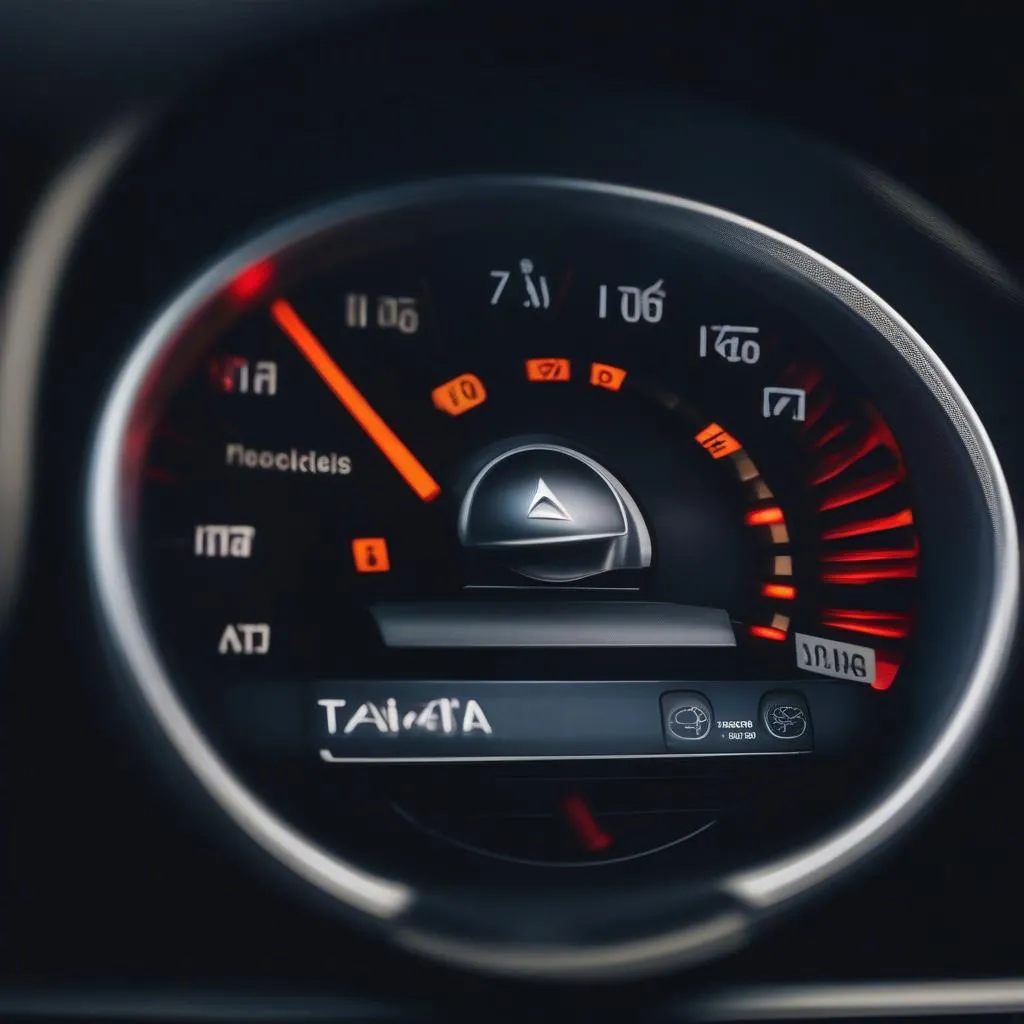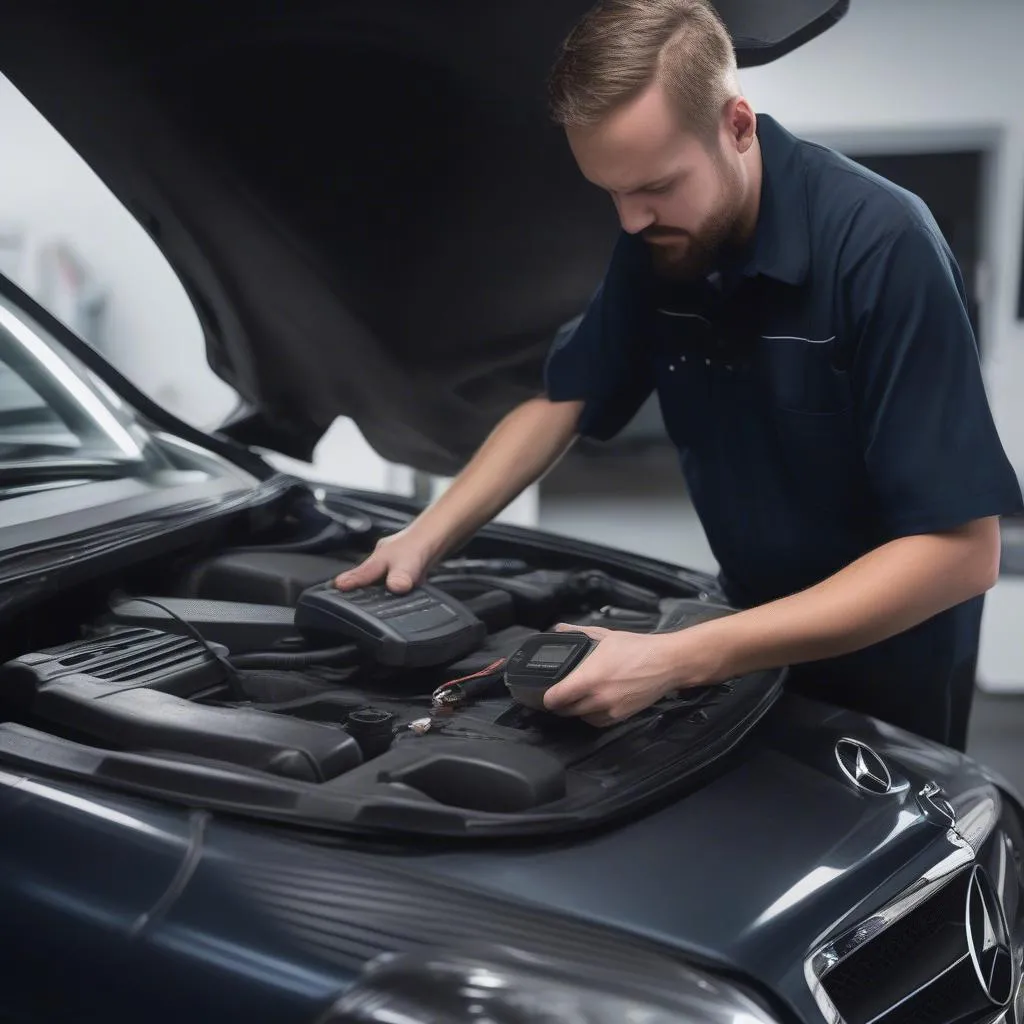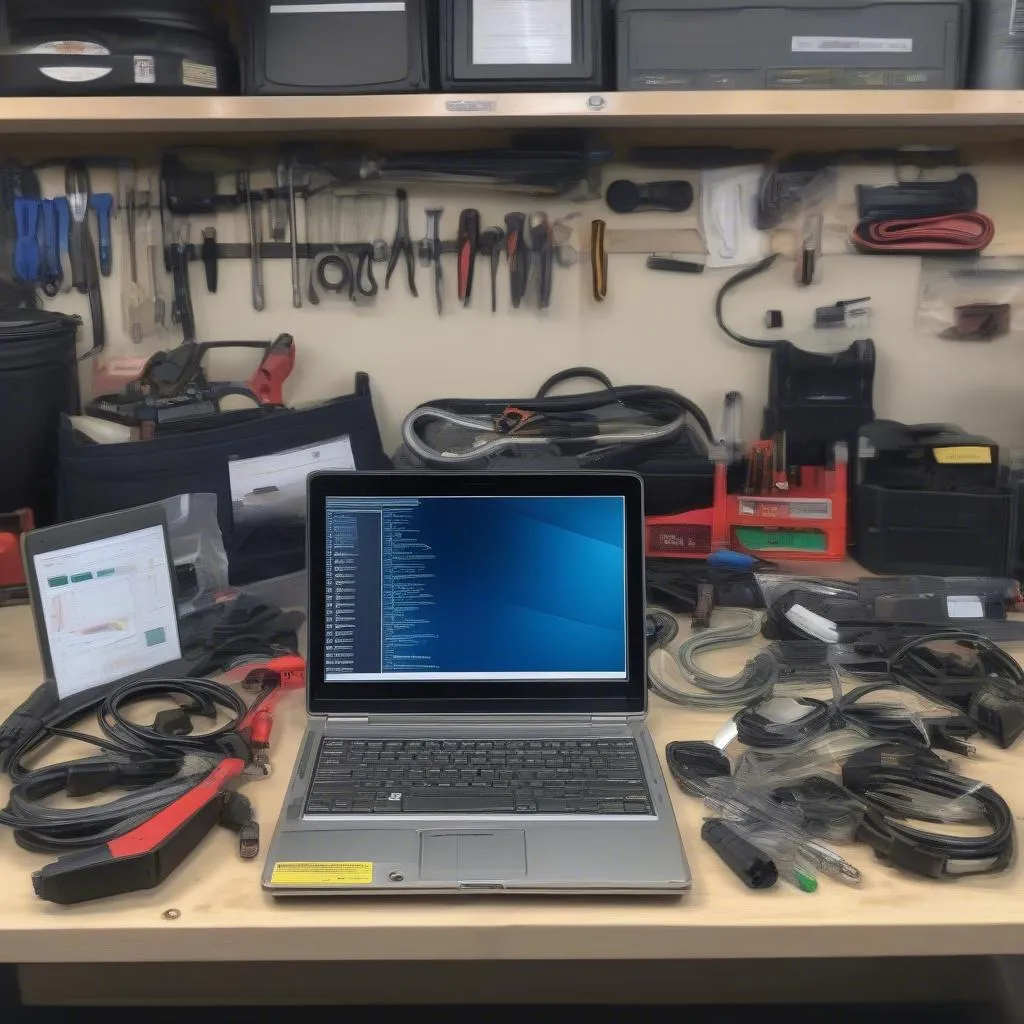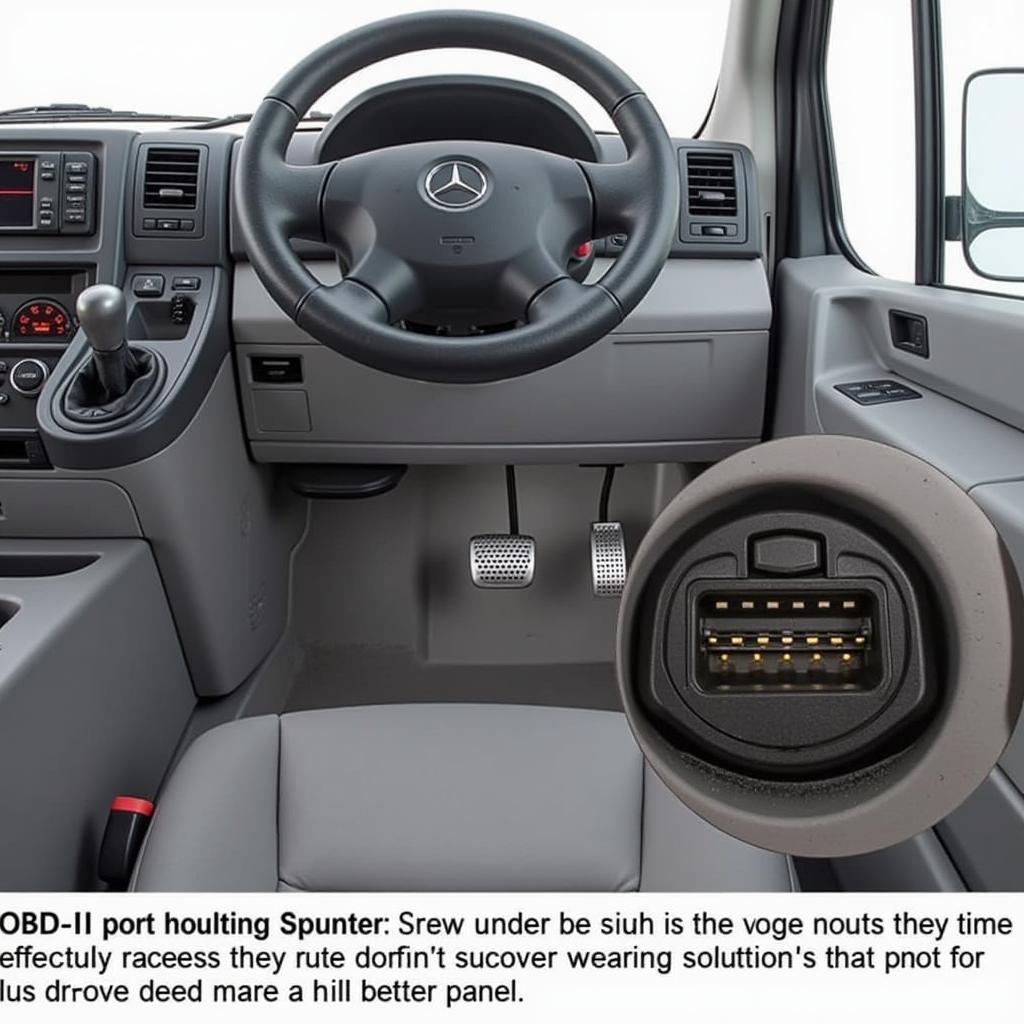Having your Mercedes stuck in limp mode can be a frustrating and concerning experience. This reduced-power mode, often triggered by the Allison transmission, is a safety feature designed to prevent further damage when the vehicle’s computer detects a problem. But what causes it, and how much will it cost to fix limp mode on your Mercedes Allison? This comprehensive guide will delve into the common causes, diagnostic steps, and estimated repair costs associated with a Mercedes Allison transmission stuck in limp mode.
Understanding Limp Mode in Mercedes Allison Transmissions
Limp mode is your Mercedes’ way of saying, “Hey, something’s not right.” It’s a protective measure that limits the engine’s power and restricts gear changes, allowing you to limp to a safe location or a repair shop. Several factors can cause a Mercedes Allison transmission to enter limp mode, ranging from minor glitches to more serious mechanical or electronic faults.
Common Causes of Limp Mode in Mercedes Allison
Before diving into the cost, it’s essential to understand the potential culprits behind this restrictive mode.
- Sensor Malfunctions: Sensors play a crucial role in monitoring various aspects of the transmission’s operation, such as speed, temperature, and pressure. A faulty sensor can send incorrect signals to the transmission control unit (TCU), triggering limp mode.
- Fluid Issues: Low transmission fluid levels or severely degraded fluid (often indicated by a burnt smell) can disrupt the hydraulic pressure needed for smooth gear shifting, leading to limp mode.
- Solenoid Problems: Solenoids, acting like electronic gatekeepers, control fluid flow within the transmission. A malfunctioning solenoid can disrupt gear changes and activate limp mode.
- Mechanical Failures: While less common, internal mechanical problems within the transmission, such as worn clutches, damaged gears, or a failing torque converter, can also lead to limp mode.
Diagnosing the Problem
Accurately identifying the root cause of limp mode is crucial for determining the repair cost.
- Check Engine Light: The first sign is usually an illuminated Check Engine Light on your dashboard.
- Transmission Warning Light: Some Mercedes models have a dedicated transmission warning light.
- Physical Symptoms: You’ll likely experience sluggish acceleration, difficulty shifting gears, or even a complete inability to change gears.
To pinpoint the exact issue, mechanics use specialized diagnostic tools, including:
- OBD-II Scanners: These scanners retrieve diagnostic trouble codes (DTCs) stored in the vehicle’s computer, providing valuable clues about the underlying problem.
- Transmission Fluid Analysis: Examining the fluid’s color, smell, and consistency can reveal potential issues like contamination or burning.
 Mercedes dashboard in limp mode
Mercedes dashboard in limp mode
Cost Breakdown: Fixing Limp Mode in Mercedes Allison
The cost to fix limp mode in a Mercedes equipped with an Allison transmission can range significantly depending on the underlying cause and the complexity of the repair. Here’s a general breakdown:
1. Sensor Replacement
Average Cost: $200 – $800
Faulty sensors are among the most common and often the most affordable issues to address.
Example: “Replacing a faulty input speed sensor, a common culprit in limp mode scenarios, can cost around $300 on average,” says automotive expert Michael Jones, author of “The Complete Guide to Mercedes Transmission Repair.”
2. Fluid and Filter Change
Average Cost: $150 – $400
Addressing low fluid levels or replacing contaminated transmission fluid is crucial for the transmission’s health and can sometimes resolve limp mode issues.
3. Solenoid Replacement
Average Cost: $300 – $1000
Replacing one or more faulty solenoids requires more labor due to their location within the transmission, resulting in higher repair costs.
4. Mechanical Repairs
Average Cost: $1,500 – $5,000+
If the root cause lies in internal mechanical damage within the transmission, repair costs can escalate significantly. In some cases, a complete transmission rebuild or replacement may be necessary.
 Mechanic using a diagnostic tool on a car transmission
Mechanic using a diagnostic tool on a car transmission
Frequently Asked Questions
Q1: Can I drive my Mercedes in limp mode?
A: While technically possible to drive short distances in limp mode, it’s not recommended. Doing so could exacerbate the underlying issue and lead to more extensive (and expensive) damage.
Q2: Are there any DIY fixes for limp mode?
A: While checking the transmission fluid level is something you can do yourself, diagnosing and repairing the complex systems within a Mercedes Allison transmission typically requires the expertise and specialized tools of a qualified mechanic.
Q3: What’s the best way to prevent limp mode?
A: Adhering to the recommended maintenance schedule in your Mercedes owner’s manual, including regular transmission fluid and filter changes, is crucial for preventing many common limp mode triggers.
Q4: Can a software update fix limp mode?
A: In some instances, outdated transmission control unit (TCU) software can contribute to limp mode. A software update, usually performed by a dealership or specialized mechanic, might resolve the issue. However, this is not a guaranteed fix for all limp mode scenarios.
Q5: How can Cardiagtech products help with limp mode diagnosis?
A: CARDIAGTECH offers a range of advanced automotive diagnostic tools that can be invaluable in diagnosing the root cause of limp mode in your Mercedes Allison transmission. These tools can read and clear fault codes, monitor live data streams from various sensors, and provide valuable insights into the transmission’s overall health.
 Car diagnostic tools spread on a workbench
Car diagnostic tools spread on a workbench
Conclusion
Experiencing limp mode in your Mercedes Allison transmission is undoubtedly an inconvenience, and the potential repair costs can be a significant concern. By understanding the common causes, taking prompt action when the issue arises, and seeking professional diagnosis and repair from a qualified mechanic, you can address the problem effectively and minimize the risk of further damage to your vehicle. Remember, regular maintenance and addressing minor issues promptly are often the keys to avoiding costly transmission repairs down the road.


